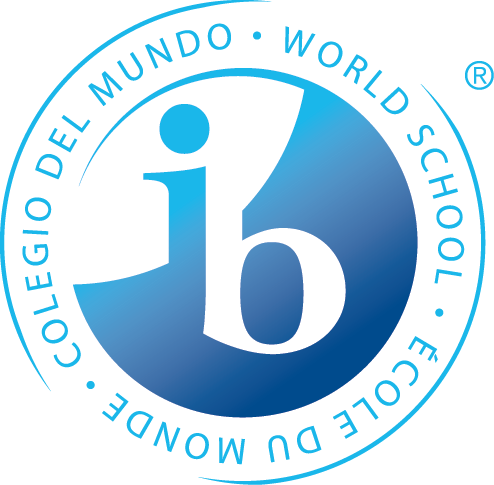ELL (English Language Learners)
ELL (English Language Learners)
English Language Learning (ELL) services are available to students who are new to Canada & need to build their English skills in order to find academic success.
Students are assessed annually to determine placement of our ELL learners.
DIRECT students: take 1+ ELL courses that build English skills. These courses include Language Development & Academic Language Building. Other ELL courses focus on Writing or Reading strategies.
INDIRECT students: do not enroll in ELL classes but are monitored by a case manager and collaborate the classroom teacher in providing universal classroom adaptations beneficial to the student
Contacts
Last Name | First Name | Email Address | Job Title |
Minchinton | Heather | Teacher - LST Dept. Leader | |
Lumsdon | Scott | Teacher - ELL International Advocate |




